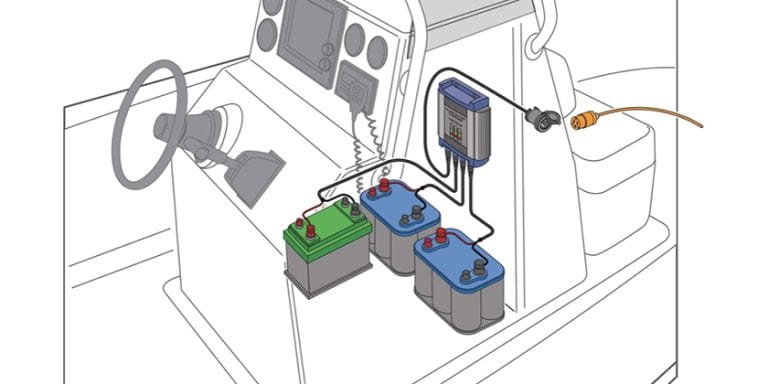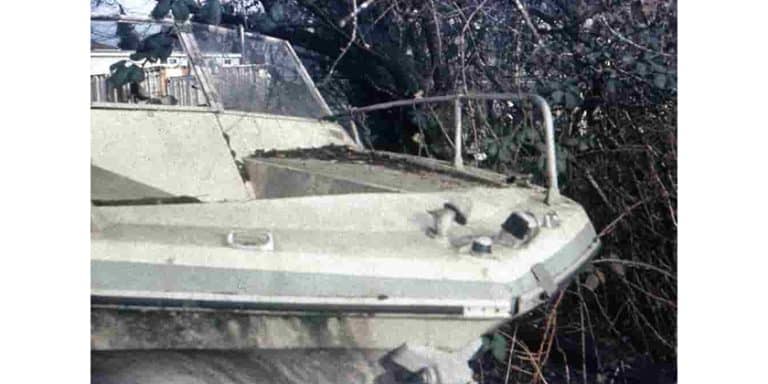Ask Andrew: Gauges
Aug 8, 2024
I hate flying. Not because I’m afraid of heights, or because I’m buckled in beside a stranger. No. I hate flying because I can’t see what’s going on in the cockpit. I want to know how high we are, how far we are from the destination, the engine speed, the oil pressure and the engine’s temperature. It wouldn’t mean much to me – but I would feel better being able to see it.
As boaters, we should crave this information in the same way. Our boat’s gauges give us realtime feedback in what’s happening with the engine and environment, to allow us to understand the vessel’s status, and to allow us to make decisions on how/when/where we should operate moving forward.
Gauges can be divided into three broad types, and each take measurements in different ways:
1) Analogue gauges – these looks like a traditional watch face, with ‘hand’ on a scale
2) Digital gauges – show similar information, in a digital form. It may give a precise number, rather than showing a pointer on a scale
3) A multi-function display (MFD) – capable of showing digital information, combined with GPS and navigation data.
Each of these gauge types gather and display information in different ways:
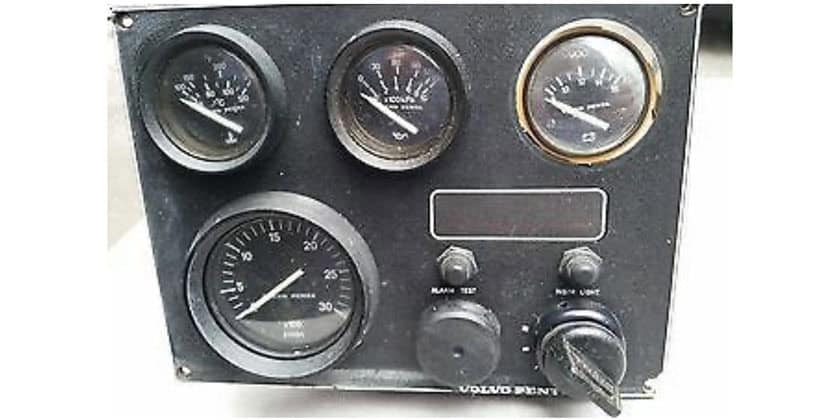
Analogue gauges receive signals from various sources. A ‘sender’ transmits information by wire to the gauge, and the gauge displays this information as a point on a scale. These gauges can include:
– RPM – the engine’s revolutions per minute. This is slightly deceiving, as the gauge isn’t actually reading the way that the crankshaft turns, rather it’s gathering information from the ignition coil. More accurately, the gauge is displaying how many sparks-per-minute the engine is running off of. An analogue gauge can be capable of measuring 4-, 6- or 8-cylinder engines and needs to correspond correctly to accurately display information.
– Temperature – the temperature is measured at or near the engine’s thermostat and converted to an electrical signal , displaying the temperature on the gauge
– Oil pressure – a sender rests in the engine block, measuring the pressure (PSI – pounds per square inch) of the oil as it moves past the sender.
– Fuel level – a float (similar to a toilet bowl) rests on top of the fuel in the tank. As the fuel level raises or lowers, the angle of the arm that the float is connected to changes. This angle is converted into a resistance, which is transmitted by wire to the gauge.
– Speed/depth – measured through a transducer – a device that sits on the vessel’s hull. Depth is measured using a sonar-like signal, and speed is measured through use of a small paddle-wheel (smaller than the diameter of a loonie) that spins as the boat makes way through the water.
What can possibly go wrong
In each of these cases, diagnosis/repair can be required in three areas: The sender itself, the gauge, and the wiring between them. Any of these three components could fail, or not be sending/receiving signals appropriately.
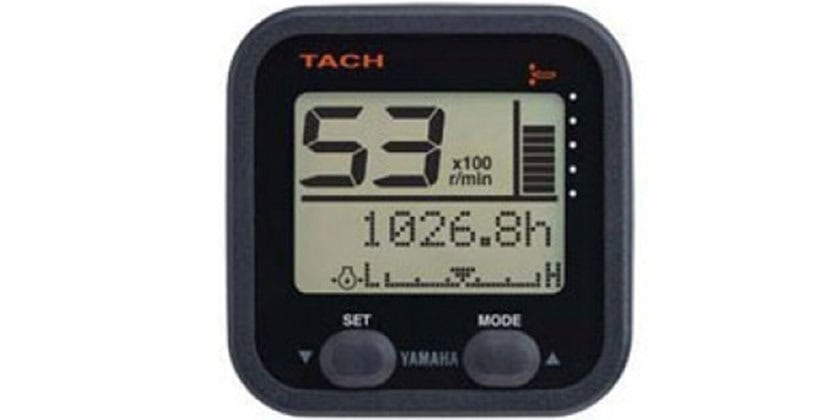
Digital gauges receive information in different ways. These gauges rely on senders transmitting information to the engine. The engine’s computer then uses this information to make decisions about other areas. For example, the temperature sender reports rising temps beyond a pre-set ‘safe’ level, the engine’s computer (ECM) may instruct the engine to slow down in order to protect itself.
The gauges don’t read information directly from the senders. Rather, they read information from the engine’s ECM. In case of fuel, speed and depth – senders feed information to the gauges and the results are displayed digitally via electric signal.
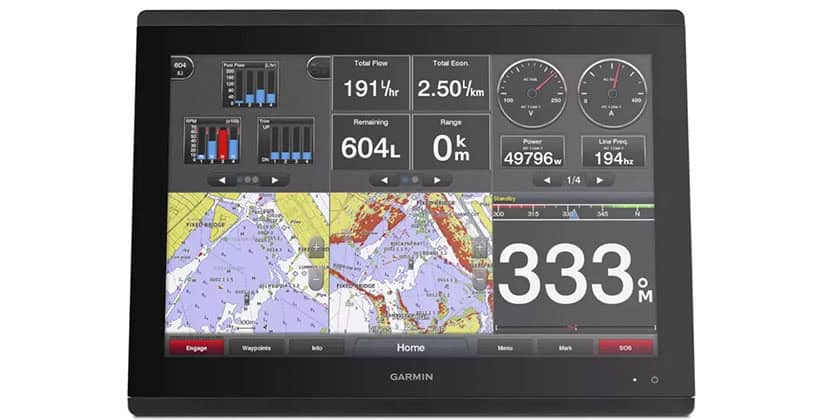
A multifunction display takes digital gauges to the next level, by relying on a network (NMEA 2000 is one example) to integrate lots of information together. An example of this: The MFD’s chart plotting function will allow the user to plot a course. The engine’s ECM can read both current RPM and fuel consumption rate. The vessel’s GPS received is also integrated, as is the fuel level. With this information combined, the user is able to plot a course, determine an approximate time of arrival, and can easily display if the boat has enough fuel to get there and back, given varying speeds and conditions.
As you can imagine, moving from analog to digital to MFD can sometimes be tricky. In my opinion, the advantages to stepping up the gauge game are immense: Much more information, coordinated, with less chance of information being inaccurate or mis-interpreted.
More information, easily read can mean more enjoyable time on the water – Something that we all want more of!
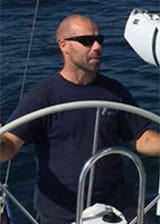
Andrew McDonald is the owner of Lakeside Marine Services – a boat repair/maintenance firm based in Toronto. Andrew has worked in the marine industry for 12 years and is a graduate of the Georgian College ‘Mechanical Techniques – Marine Engine Mechanic’ program. Questions or comments for Andrew? Email him directly via: info@lakesidemarineservices.ca

